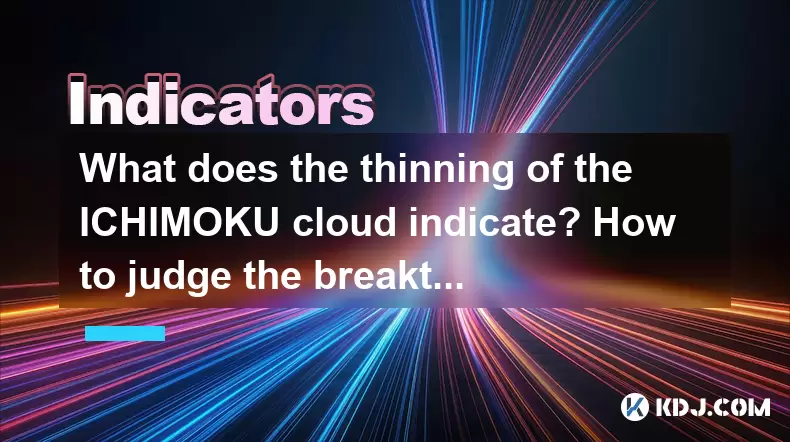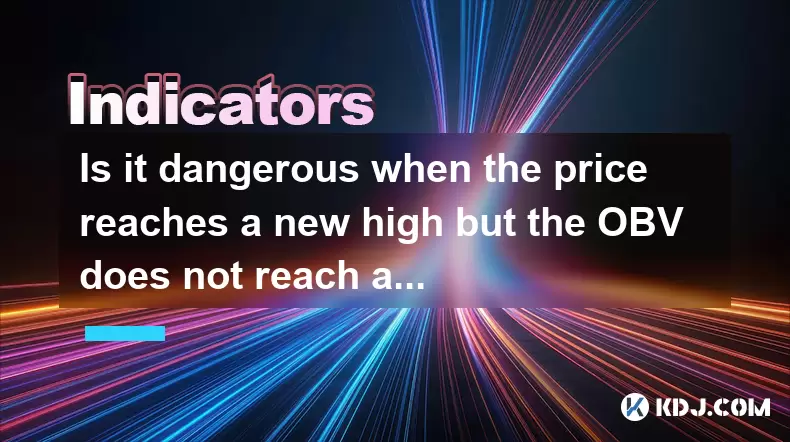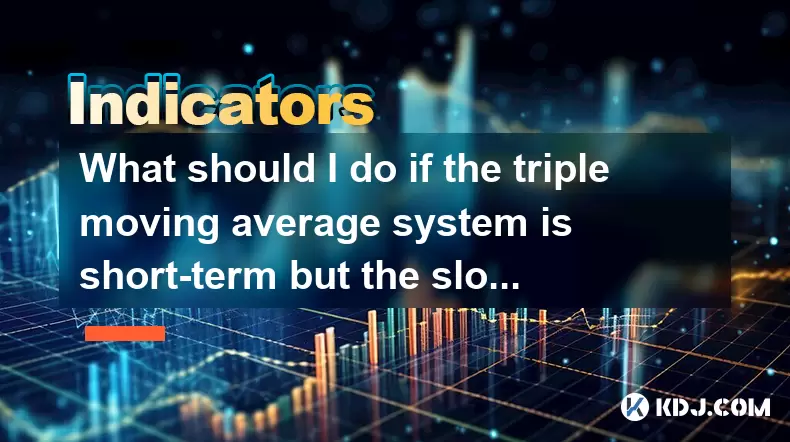-
 Bitcoin
Bitcoin $106,754.6083
1.33% -
 Ethereum
Ethereum $2,625.8249
3.80% -
 Tether USDt
Tether USDt $1.0001
-0.03% -
 XRP
XRP $2.1891
1.67% -
 BNB
BNB $654.5220
0.66% -
 Solana
Solana $156.9428
7.28% -
 USDC
USDC $0.9998
0.00% -
 Dogecoin
Dogecoin $0.1780
1.14% -
 TRON
TRON $0.2706
-0.16% -
 Cardano
Cardano $0.6470
2.77% -
 Hyperliquid
Hyperliquid $44.6467
10.24% -
 Sui
Sui $3.1128
3.86% -
 Bitcoin Cash
Bitcoin Cash $455.7646
3.00% -
 Chainlink
Chainlink $13.6858
4.08% -
 UNUS SED LEO
UNUS SED LEO $9.2682
0.21% -
 Avalanche
Avalanche $19.7433
3.79% -
 Stellar
Stellar $0.2616
1.64% -
 Toncoin
Toncoin $3.0222
2.19% -
 Shiba Inu
Shiba Inu $0.0...01220
1.49% -
 Hedera
Hedera $0.1580
2.75% -
 Litecoin
Litecoin $87.4964
2.29% -
 Polkadot
Polkadot $3.8958
3.05% -
 Ethena USDe
Ethena USDe $1.0000
-0.04% -
 Monero
Monero $317.2263
0.26% -
 Bitget Token
Bitget Token $4.5985
1.68% -
 Dai
Dai $0.9999
0.00% -
 Pepe
Pepe $0.0...01140
2.44% -
 Uniswap
Uniswap $7.6065
5.29% -
 Pi
Pi $0.6042
-2.00% -
 Aave
Aave $289.6343
6.02%
What does the thinning of the ICHIMOKU cloud indicate? How to judge the breakthrough direction?
A thinning Ichimoku Cloud signals weakening momentum and potential trend reversal, urging traders to watch for breakouts amid crypto's volatility.
Jun 15, 2025 at 08:02 pm

Understanding the Ichimoku Cloud and Its Significance
The Ichimoku Cloud, also known as Ichimoku Kinkō Hyō, is a versatile technical indicator used in cryptocurrency trading to gauge momentum, support/resistance levels, and potential trend reversals. Developed by Japanese journalist Goichi Hosoda in the late 1960s, this tool provides a comprehensive view of price action through five distinct components: Tenkan-sen (Conversion Line), Kijun-sen (Base Line), Senkou Span A (Leading Span A), Senkou Span B (Leading Span B), and Chikou Span (Lagging Span).
One notable phenomenon traders observe is the thinning of the Ichimoku cloud — a situation where the distance between Senkou Span A and Senkou Span B narrows significantly. This thinning can provide crucial insights into market conditions and potential future price direction.
What Does Thinning of the Ichimoku Cloud Indicate?
A thinning Ichimoku cloud typically signals a period of consolidation or indecision in the market. When the upper and lower boundaries of the cloud come closer together, it indicates that the difference between short-term and long-term momentum is decreasing. In cryptocurrency markets, which are highly volatile, such narrowing often precedes a breakout or breakdown.
- The cloud itself acts as a dynamic support/resistance zone.
- As the cloud thins, it suggests that neither buyers nor sellers are gaining control.
- This phase may last for several candlesticks before a strong directional move emerges.
In essence, a thinning cloud reflects weakening momentum and sets the stage for a possible shift in trend. Traders should closely monitor price behavior near these compressed zones to anticipate the next move.
How to Identify a Thinning Cloud on Charts
To spot a thinning Ichimoku cloud, traders need to look at the visual representation of the cloud formed by Senkou Span A and Senkou Span B plotted ahead of the current price. Here’s how to identify it:
- Locate the Senkou Span A (green line) and Senkou Span B (red line) on your chart.
- Observe the area between them — this shaded region is the cloud.
- Watch for instances where the distance between these two lines becomes visibly smaller over consecutive periods.
Most trading platforms like TradingView or MetaTrader display the cloud by default when the Ichimoku indicator is applied. On crypto charts, especially those with high timeframes like 4H or daily, this thinning becomes more significant due to the reduced noise compared to lower timeframes.
Analyzing Price Action Around a Thinning Cloud
When the cloud begins to thin, it's essential to analyze price interaction with the cloud boundary. Here are key observations to make:
- If price remains above the thinning cloud, it may suggest underlying bullish strength.
- Conversely, if price stays below the cloud, bearish dominance might be in play.
- A candlestick closing inside the cloud indicates uncertainty and potential reversal.
Traders should pay attention to volatility compression patterns such as triangle formations or tight ranges forming around the cloud. These often act as precursors to explosive moves once the price breaks out.
Additionally, combining this observation with other tools like volume indicators or RSI divergence can increase the probability of correctly anticipating the breakout direction.
Determining the Breakout Direction from a Thinned Cloud
Judging the breakout direction after cloud thinning requires careful analysis of multiple factors. Below are actionable steps traders can take:
- Monitor price structure: Look for higher highs and higher lows for bullish bias; lower highs and lower lows for bearish bias.
- Watch for candlestick patterns: Engulfing candles, outside bars, or momentum spikes can signal the start of a new trend.
- Check volume: A genuine breakout usually comes with an increase in volume, especially in crypto markets where pump/dump cycles are common.
- Use lagging confirmation: Chikou Span crossing above or below price can confirm the validity of a breakout.
It's important to note that false breakouts are frequent in cryptocurrency trading. Therefore, setting up proper risk management, such as stop-loss orders, is crucial when entering trades based on cloud thinning signals.
Using Ichimoku Components to Confirm Breakout Validity
Beyond just watching the cloud, traders can use other components of the Ichimoku system to validate the breakout direction:
- Tenkan-sen crossing above Kijun-sen suggests bullish momentum.
- Tenkan-sen crossing below Kijun-sen indicates bearish pressure.
- Chikou Span confirming price action by not crossing through recent candles incorrectly can filter out false signals.
- Senkou Span A remaining above Senkou Span B during a breakout confirms bullish continuation.
By integrating all five components, traders can build a more robust framework for interpreting what the thinning cloud truly signifies in the context of ongoing price action.
Frequently Asked Questions
Q: Can the Ichimoku cloud thinning be used in isolation for trading decisions?
While the thinning cloud offers valuable insight, it’s best used in conjunction with other tools such as volume, candlestick patterns, and moving averages. Relying solely on one indicator increases the risk of false signals, especially in fast-moving crypto markets.
Q: How often does the Ichimoku cloud thin in cryptocurrency charts?
This occurrence varies depending on the timeframe and asset volatility. On higher timeframes like 4-hour or daily charts, thinning clouds appear less frequently but tend to be more reliable than on shorter intervals.
Q: What timeframes are most suitable for analyzing cloud thinning?
Daily and 4-hour charts are generally preferred because they filter out short-term noise while still offering actionable signals. Lower timeframes like 15-minute or 1-hour charts may show frequent thinning but often lack reliability.
Q: Should I trade immediately when the cloud starts to thin?
No, thinning alone is not a trigger for entry. It serves as a warning sign of potential volatility. Traders should wait for a confirmed breakout or breakdown supported by volume and candlestick confirmation before taking positions.
Disclaimer:info@kdj.com
The information provided is not trading advice. kdj.com does not assume any responsibility for any investments made based on the information provided in this article. Cryptocurrencies are highly volatile and it is highly recommended that you invest with caution after thorough research!
If you believe that the content used on this website infringes your copyright, please contact us immediately (info@kdj.com) and we will delete it promptly.
- 2025-W Uncirculated American Gold Eagle and Dr. Vera Rubin Quarter Mark New Products
- 2025-06-13 06:25:13
- Ruvi AI (RVU) Leverages Blockchain and Artificial Intelligence to Disrupt Marketing, Entertainment, and Finance
- 2025-06-13 07:05:12
- H100 Group AB Raises 101 Million SEK (Approximately $10.6 Million) to Bolster Bitcoin Reserves
- 2025-06-13 06:25:13
- Galaxy Digital CEO Mike Novogratz Says Bitcoin Will Replace Gold and Go to $1,000,000
- 2025-06-13 06:45:13
- Trust Wallet Token (TWT) Price Drops 5.7% as RWA Integration Plans Ignite Excitement
- 2025-06-13 06:45:13
- Ethereum (ETH) Is in the Second Phase of a Three-Stage Market Cycle
- 2025-06-13 07:25:13
Related knowledge

How to interpret the low opening the next day after the long lower shadow hits the bottom?
Jun 18,2025 at 12:22am
Understanding the Long Lower Shadow Candlestick PatternIn technical analysis, a long lower shadow candlestick is often seen as a potential reversal signal in a downtrend. This pattern occurs when the price opens, trades significantly lower during the session, but then recovers to close near the opening price or slightly above. The long wick at the botto...

How to operate the RSI indicator repeatedly in the 40-60 range?
Jun 18,2025 at 12:56am
Understanding the RSI Indicator and Its RelevanceThe Relative Strength Index (RSI) is a momentum oscillator widely used in cryptocurrency trading to measure the speed and change of price movements. Typically, the RSI ranges from 0 to 100, with levels above 70 considered overbought and below 30 considered oversold. However, when the RSI repeatedly stays ...

Why is the volume ratio suddenly enlarged three times but the price fluctuation is small?
Jun 18,2025 at 04:42am
Understanding the Relationship Between Trading Volume and Price MovementIn the world of cryptocurrency trading, volume is a crucial metric that reflects the number of assets traded within a specific time frame. It often serves as an indicator of market interest and liquidity. However, there are instances where trading volume surges dramatically—sometime...

How strong is the MACD golden cross below the zero axis?
Jun 17,2025 at 11:00pm
Understanding the MACD Indicator in Cryptocurrency TradingThe Moving Average Convergence Divergence (MACD) is one of the most widely used technical indicators among cryptocurrency traders. It helps identify potential trend reversals, momentum shifts, and entry or exit points. The MACD consists of three main components: the MACD line, the signal line, an...

Is it dangerous when the price reaches a new high but the OBV does not reach a new high?
Jun 18,2025 at 06:14am
Understanding On-Balance Volume (OBV) in Cryptocurrency TradingIn the world of cryptocurrency trading, technical indicators play a crucial role in analyzing market behavior and predicting future price movements. One such widely used indicator is the On-Balance Volume (OBV), which helps traders assess the strength of buying or selling pressure behind pri...

What should I do if the triple moving average system is short-term but the slope slows down?
Jun 18,2025 at 04:35am
Understanding the Triple Moving Average SystemThe triple moving average system is a popular technical analysis tool used in cryptocurrency trading. It involves using three different moving averages—typically the short-term (e.g., 10-period), medium-term (e.g., 20-period), and long-term (e.g., 50-period) moving averages. When the short-term average cross...

How to interpret the low opening the next day after the long lower shadow hits the bottom?
Jun 18,2025 at 12:22am
Understanding the Long Lower Shadow Candlestick PatternIn technical analysis, a long lower shadow candlestick is often seen as a potential reversal signal in a downtrend. This pattern occurs when the price opens, trades significantly lower during the session, but then recovers to close near the opening price or slightly above. The long wick at the botto...

How to operate the RSI indicator repeatedly in the 40-60 range?
Jun 18,2025 at 12:56am
Understanding the RSI Indicator and Its RelevanceThe Relative Strength Index (RSI) is a momentum oscillator widely used in cryptocurrency trading to measure the speed and change of price movements. Typically, the RSI ranges from 0 to 100, with levels above 70 considered overbought and below 30 considered oversold. However, when the RSI repeatedly stays ...

Why is the volume ratio suddenly enlarged three times but the price fluctuation is small?
Jun 18,2025 at 04:42am
Understanding the Relationship Between Trading Volume and Price MovementIn the world of cryptocurrency trading, volume is a crucial metric that reflects the number of assets traded within a specific time frame. It often serves as an indicator of market interest and liquidity. However, there are instances where trading volume surges dramatically—sometime...

How strong is the MACD golden cross below the zero axis?
Jun 17,2025 at 11:00pm
Understanding the MACD Indicator in Cryptocurrency TradingThe Moving Average Convergence Divergence (MACD) is one of the most widely used technical indicators among cryptocurrency traders. It helps identify potential trend reversals, momentum shifts, and entry or exit points. The MACD consists of three main components: the MACD line, the signal line, an...

Is it dangerous when the price reaches a new high but the OBV does not reach a new high?
Jun 18,2025 at 06:14am
Understanding On-Balance Volume (OBV) in Cryptocurrency TradingIn the world of cryptocurrency trading, technical indicators play a crucial role in analyzing market behavior and predicting future price movements. One such widely used indicator is the On-Balance Volume (OBV), which helps traders assess the strength of buying or selling pressure behind pri...

What should I do if the triple moving average system is short-term but the slope slows down?
Jun 18,2025 at 04:35am
Understanding the Triple Moving Average SystemThe triple moving average system is a popular technical analysis tool used in cryptocurrency trading. It involves using three different moving averages—typically the short-term (e.g., 10-period), medium-term (e.g., 20-period), and long-term (e.g., 50-period) moving averages. When the short-term average cross...
See all articles

























































































